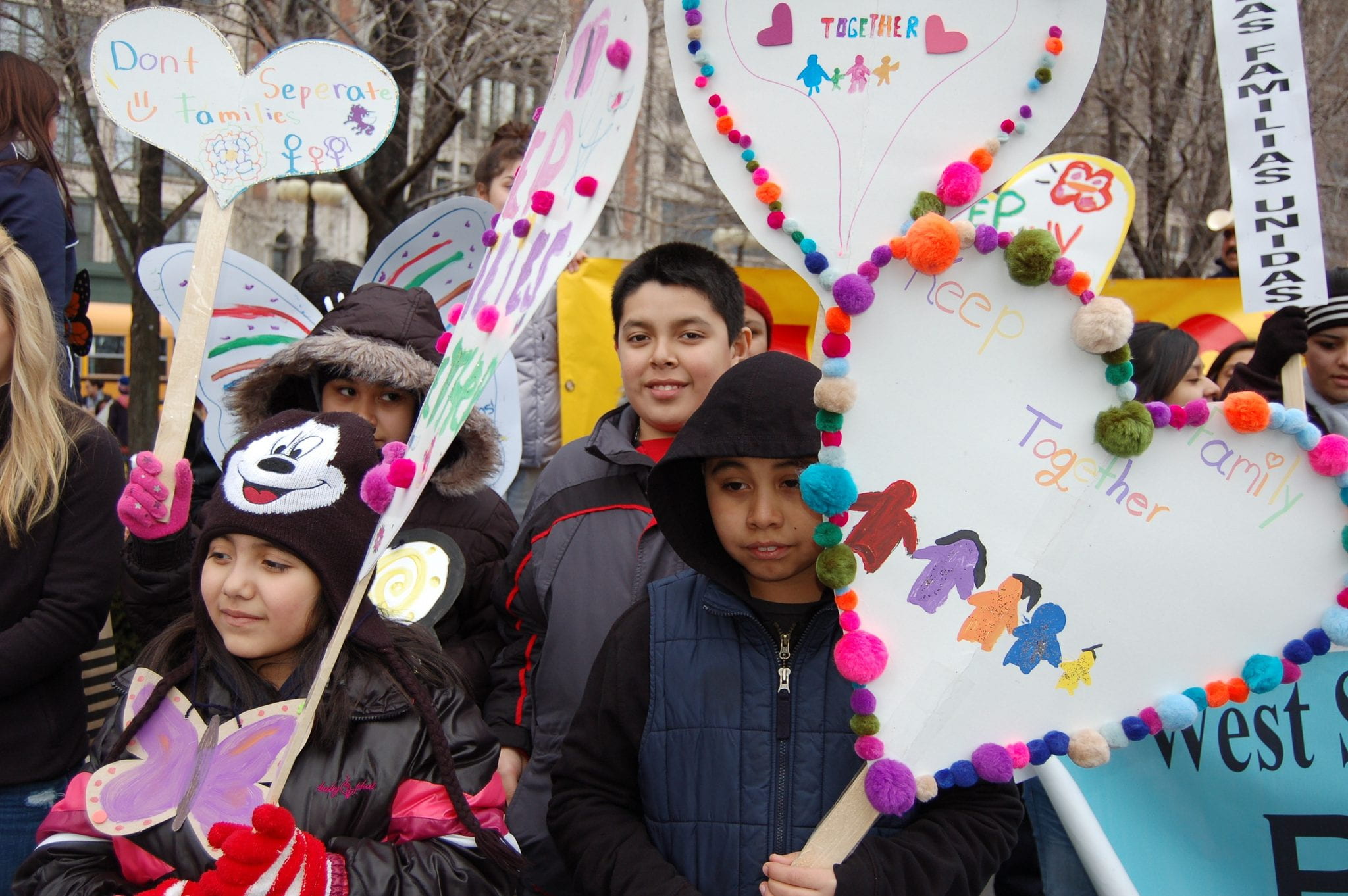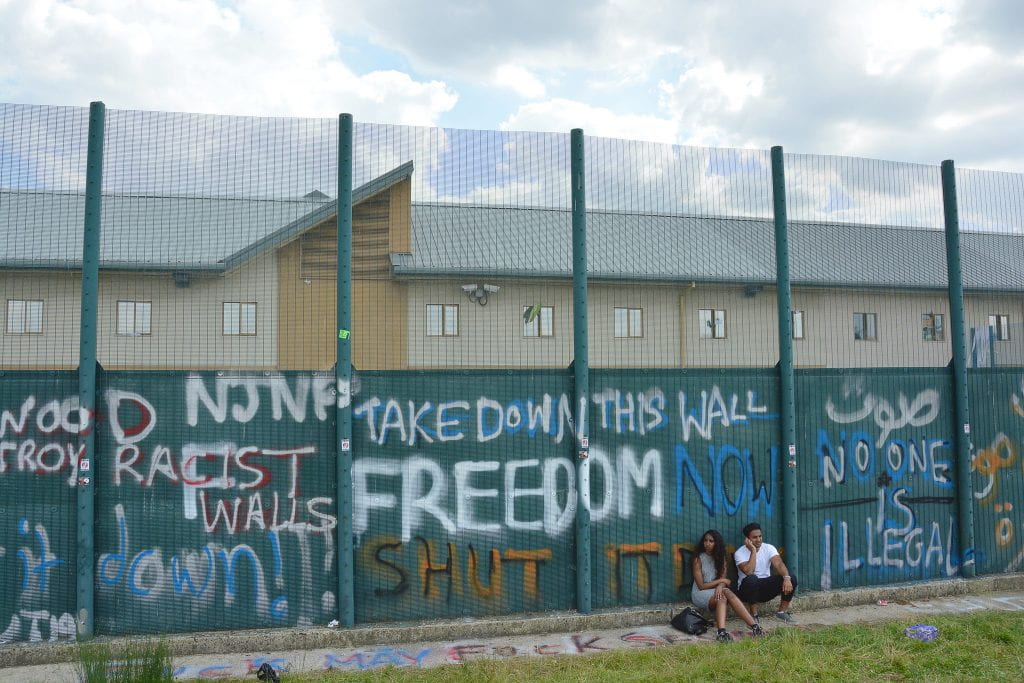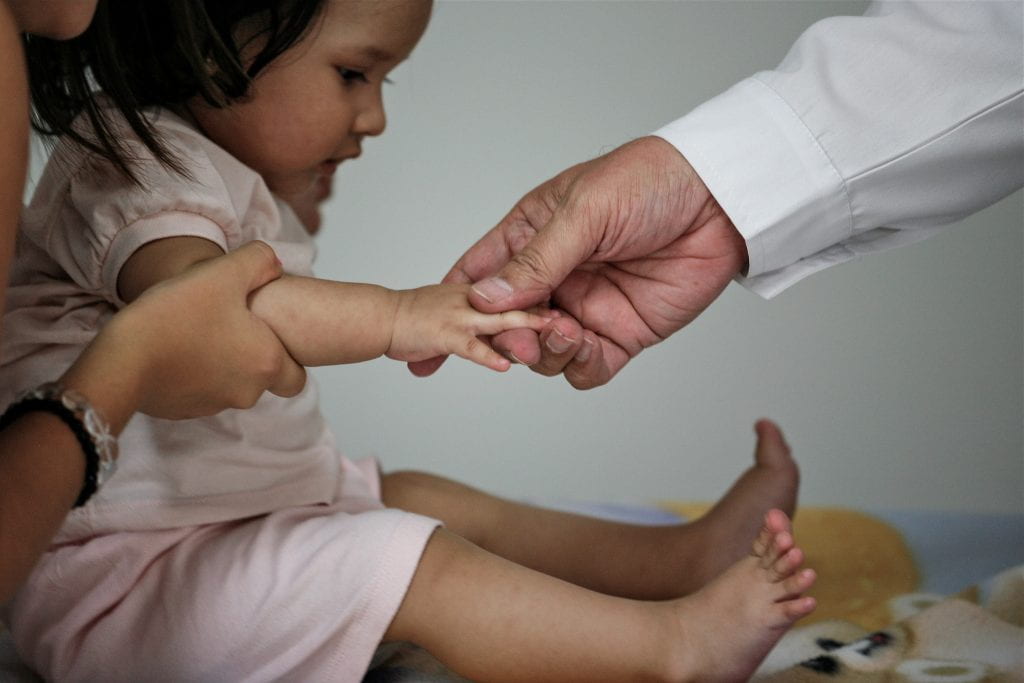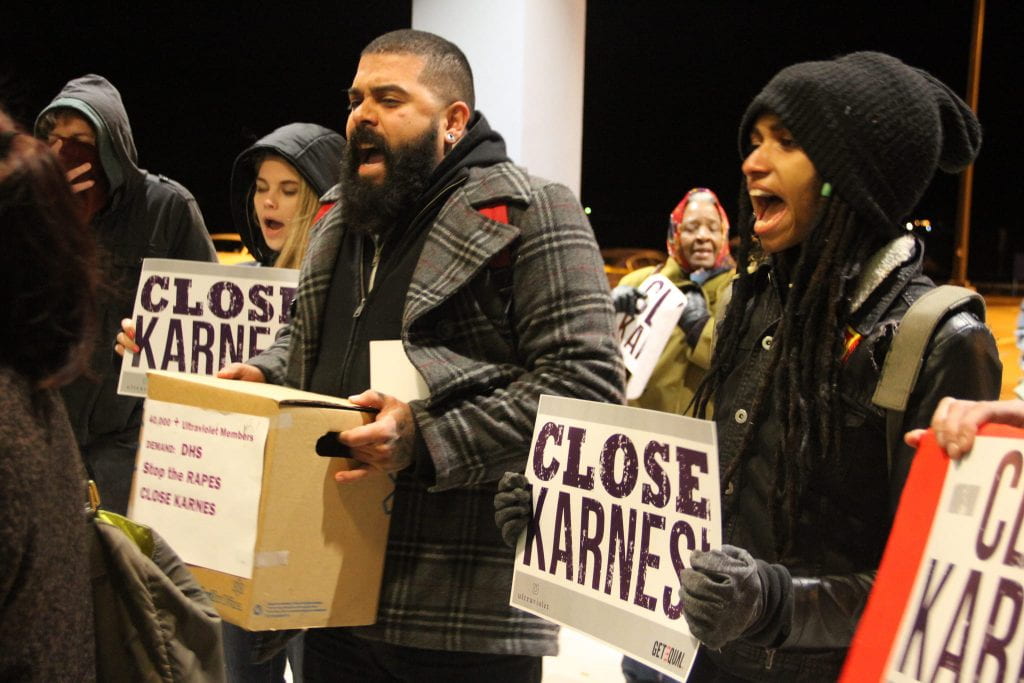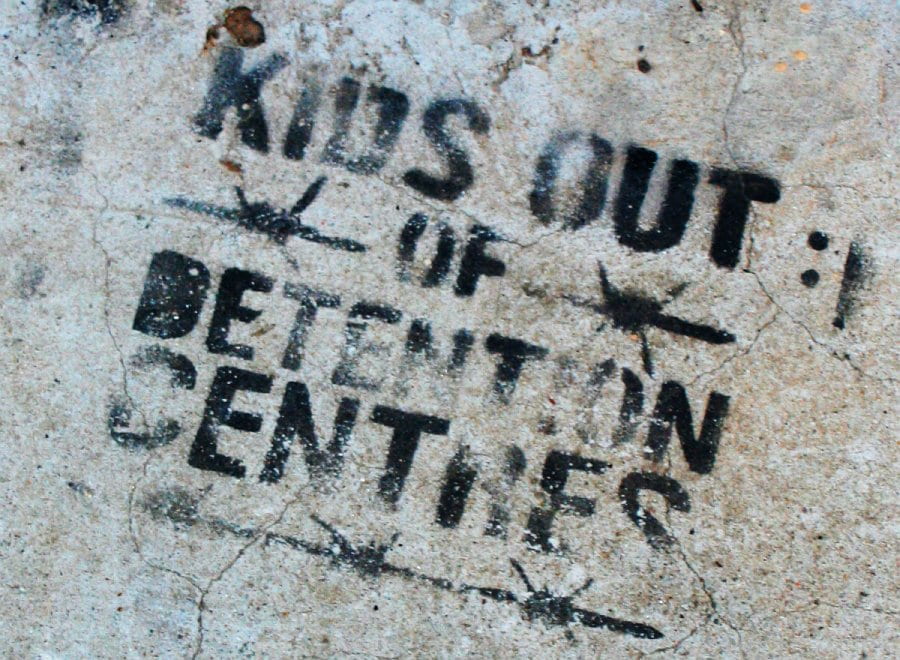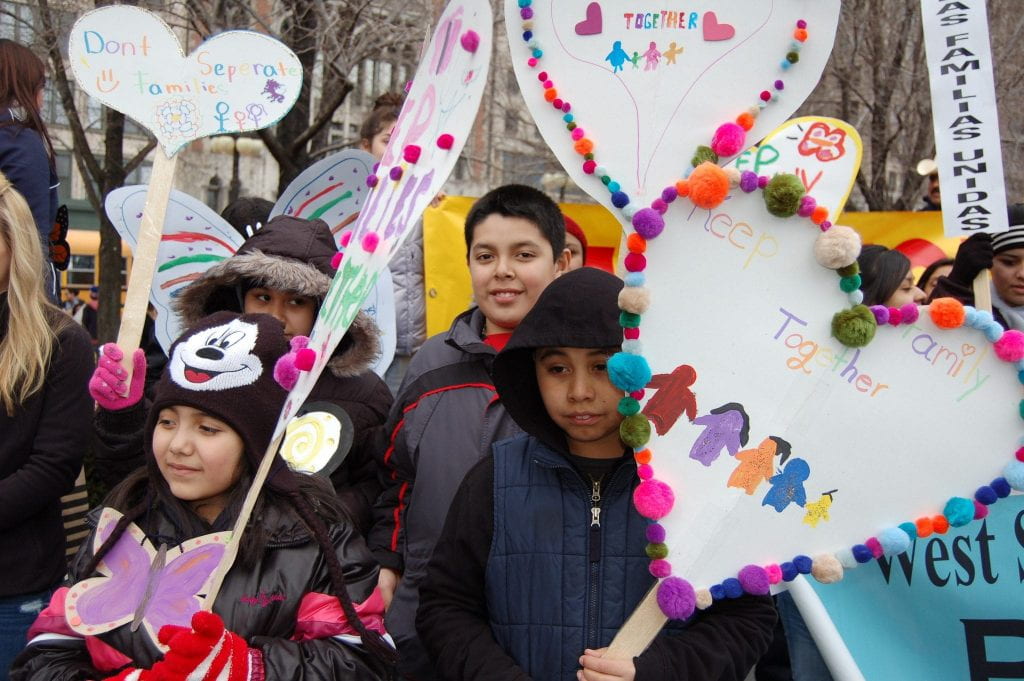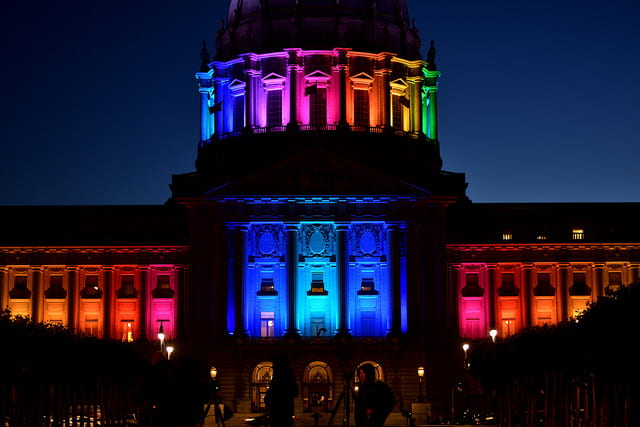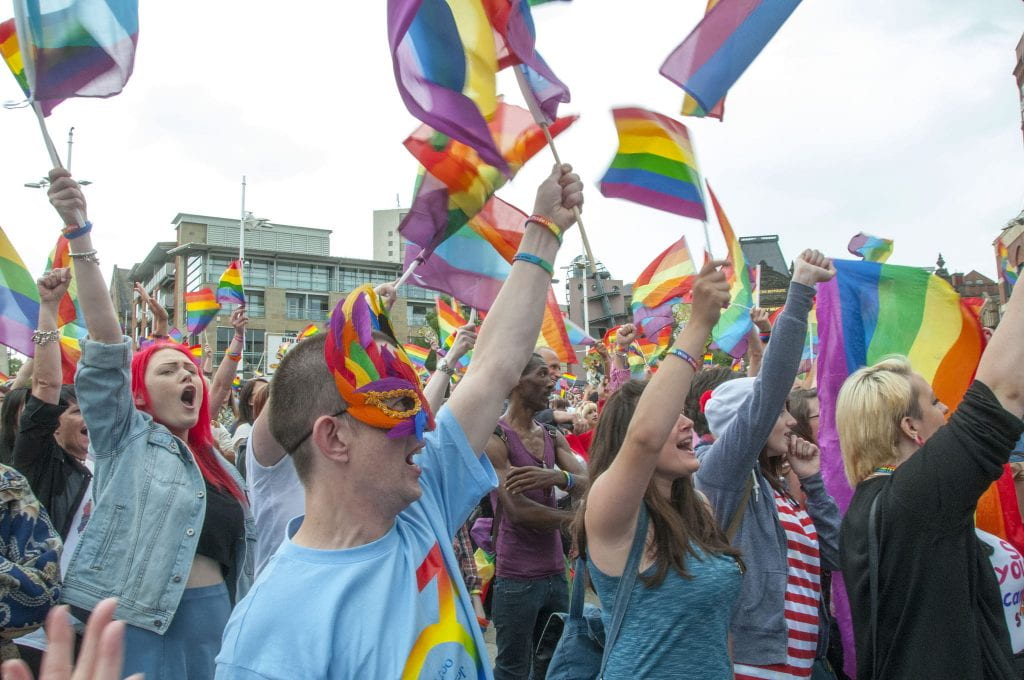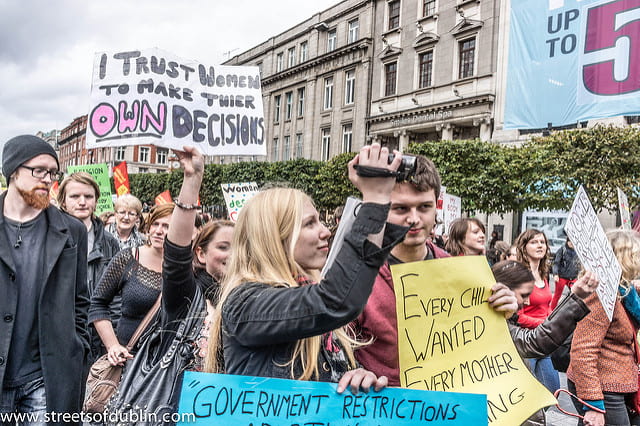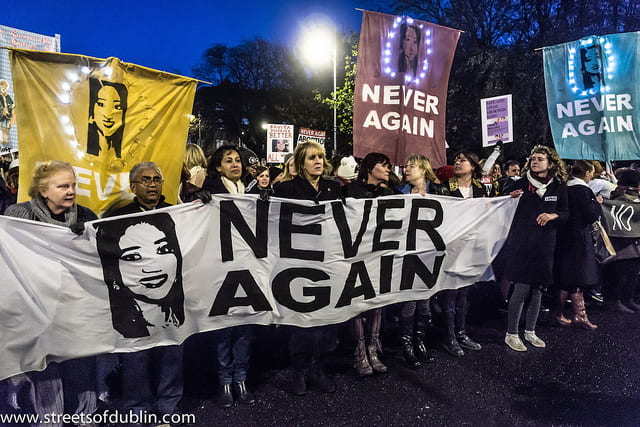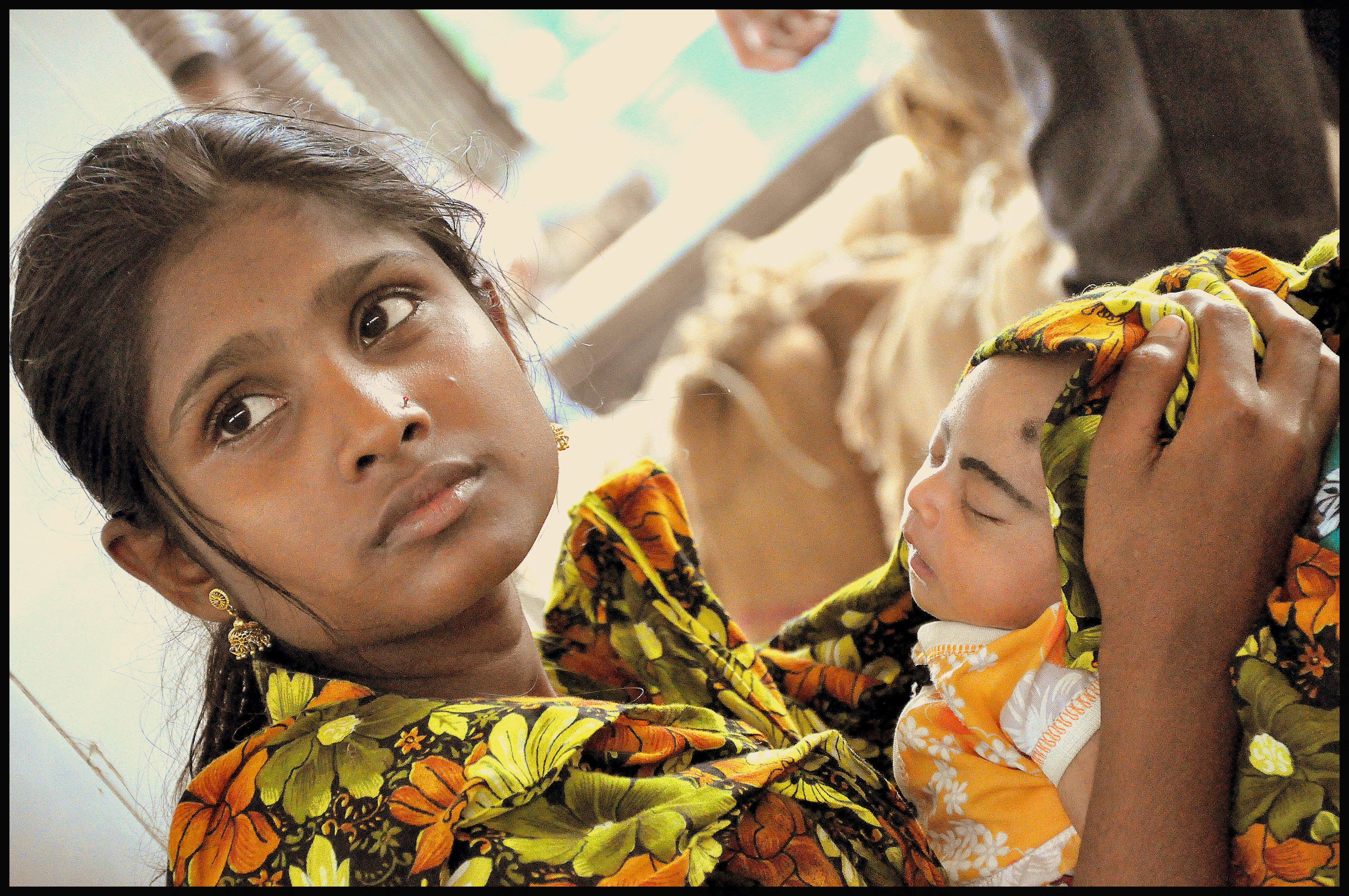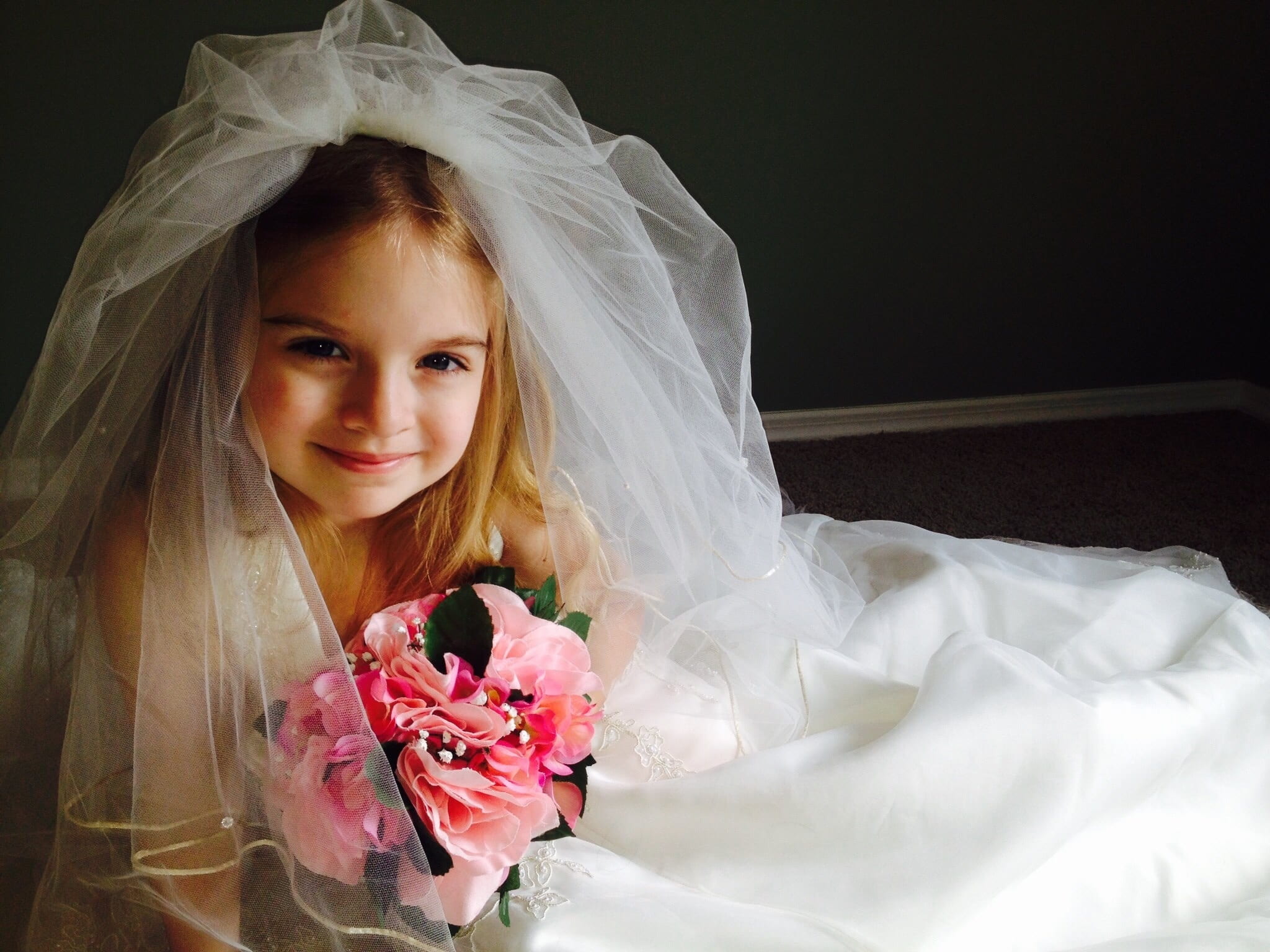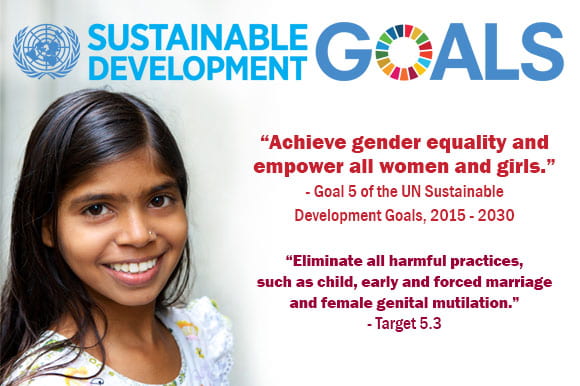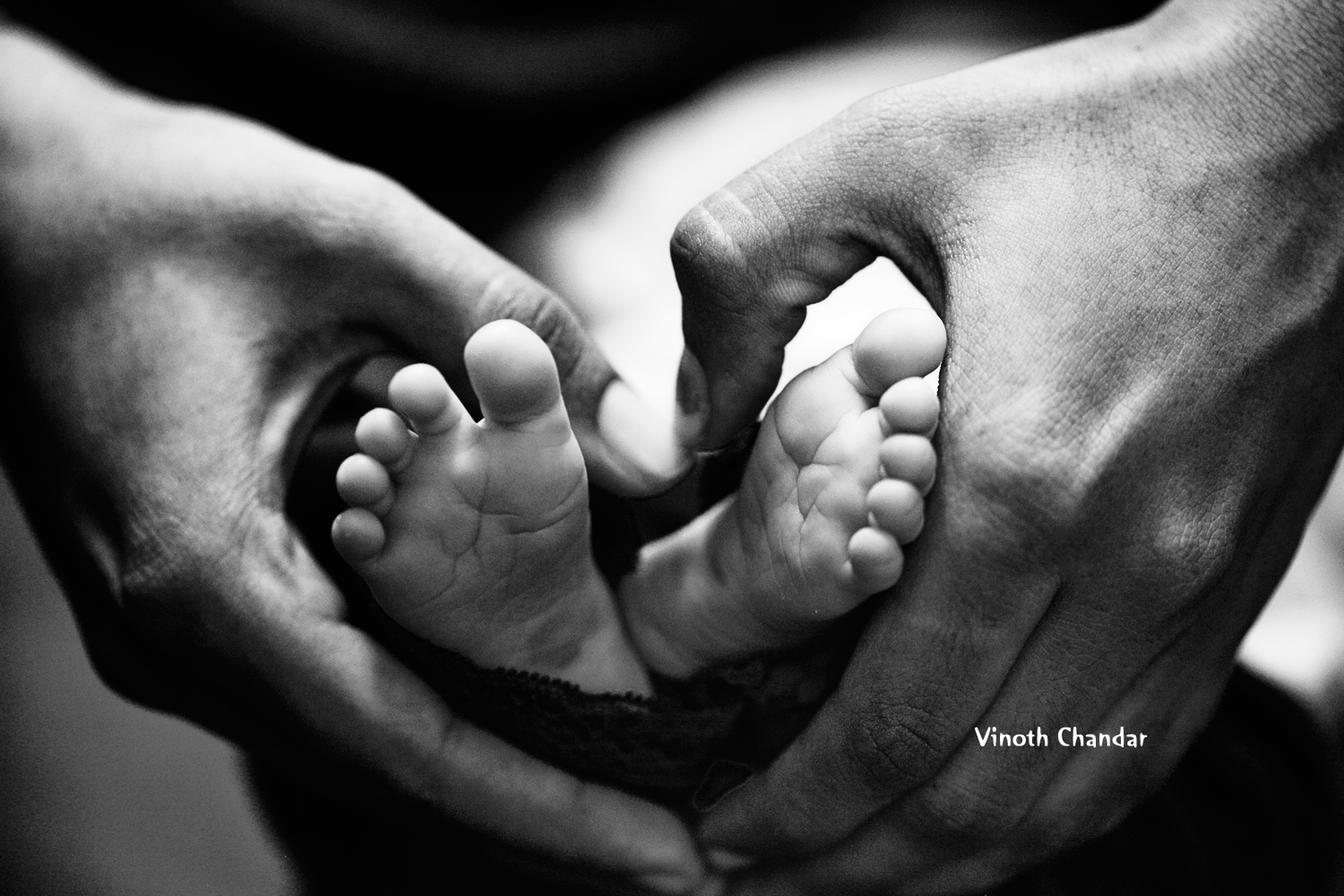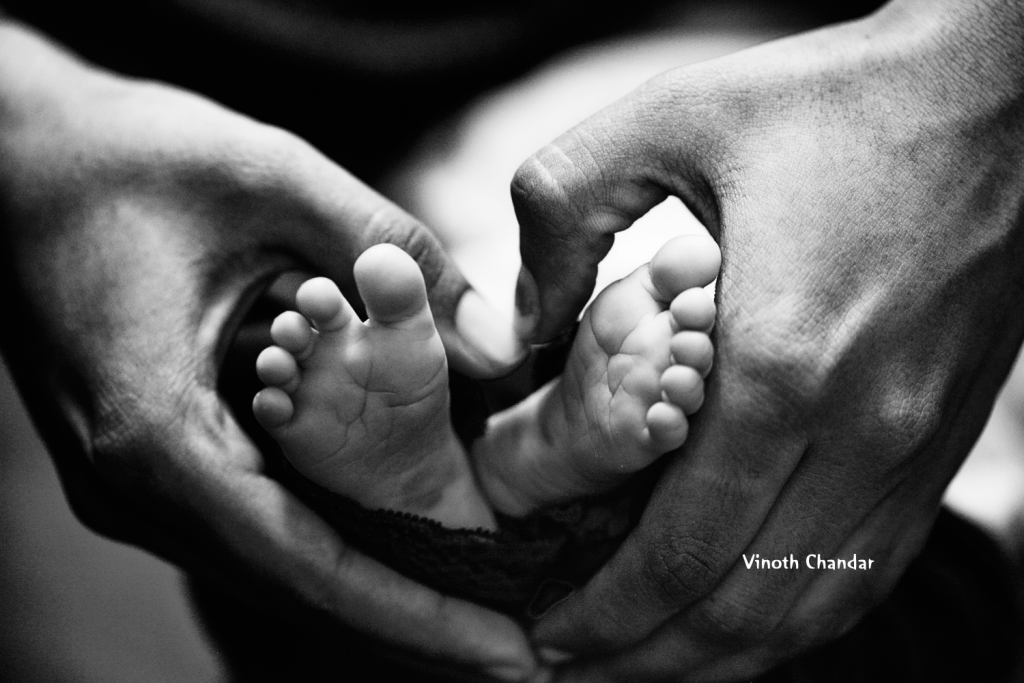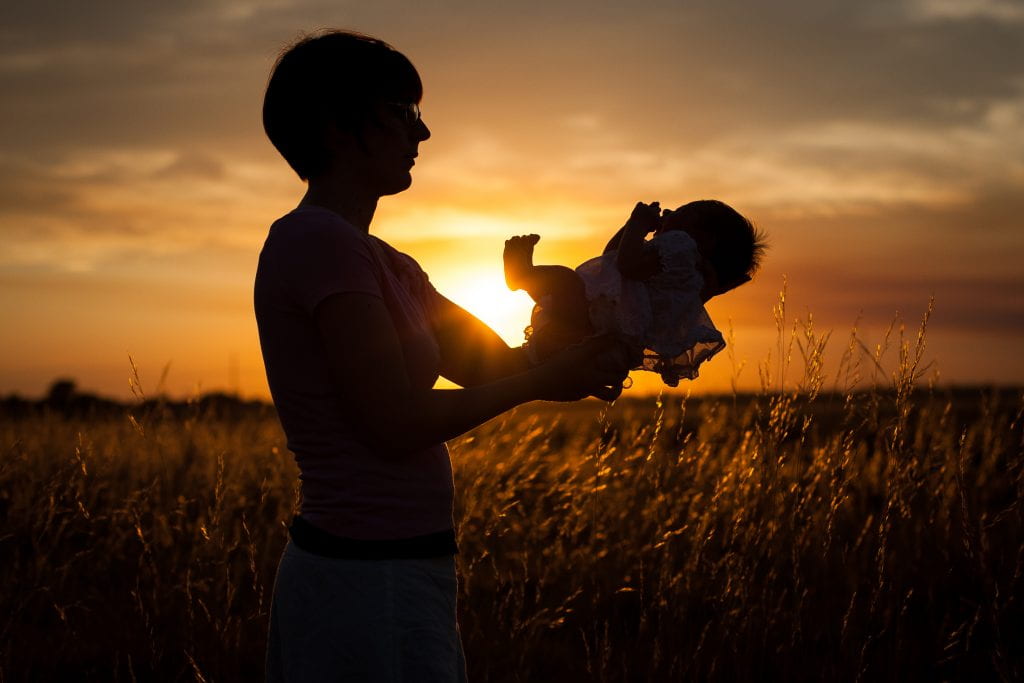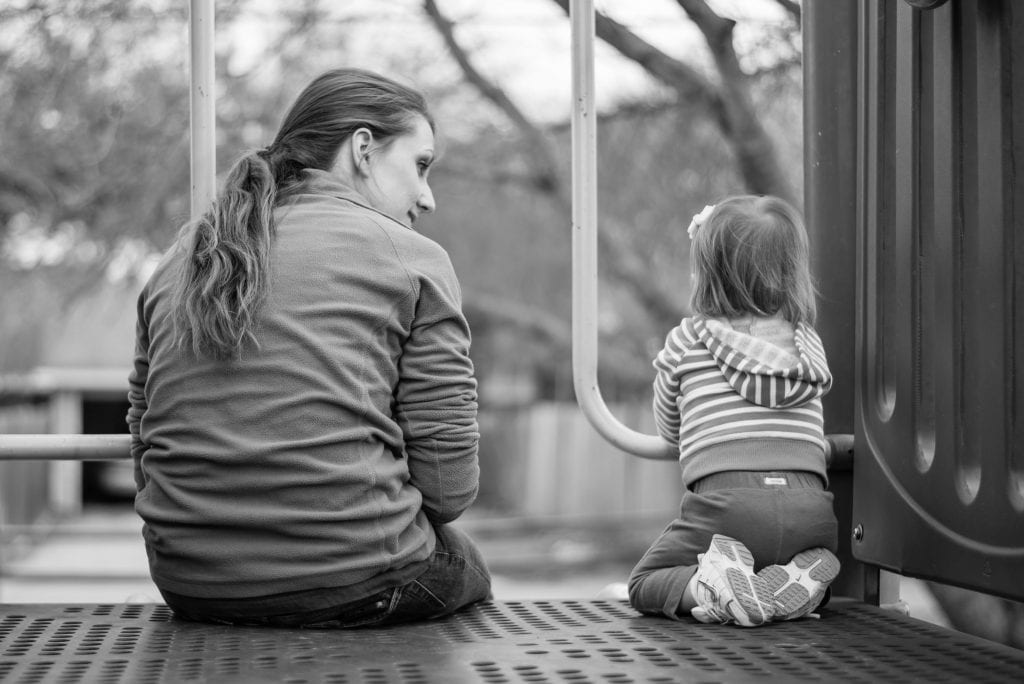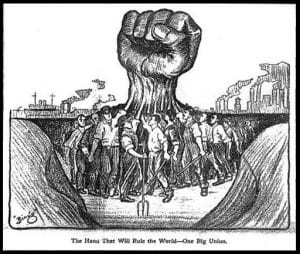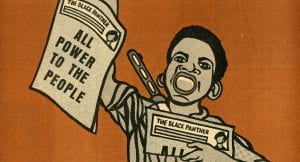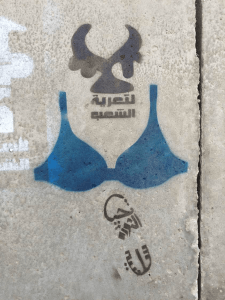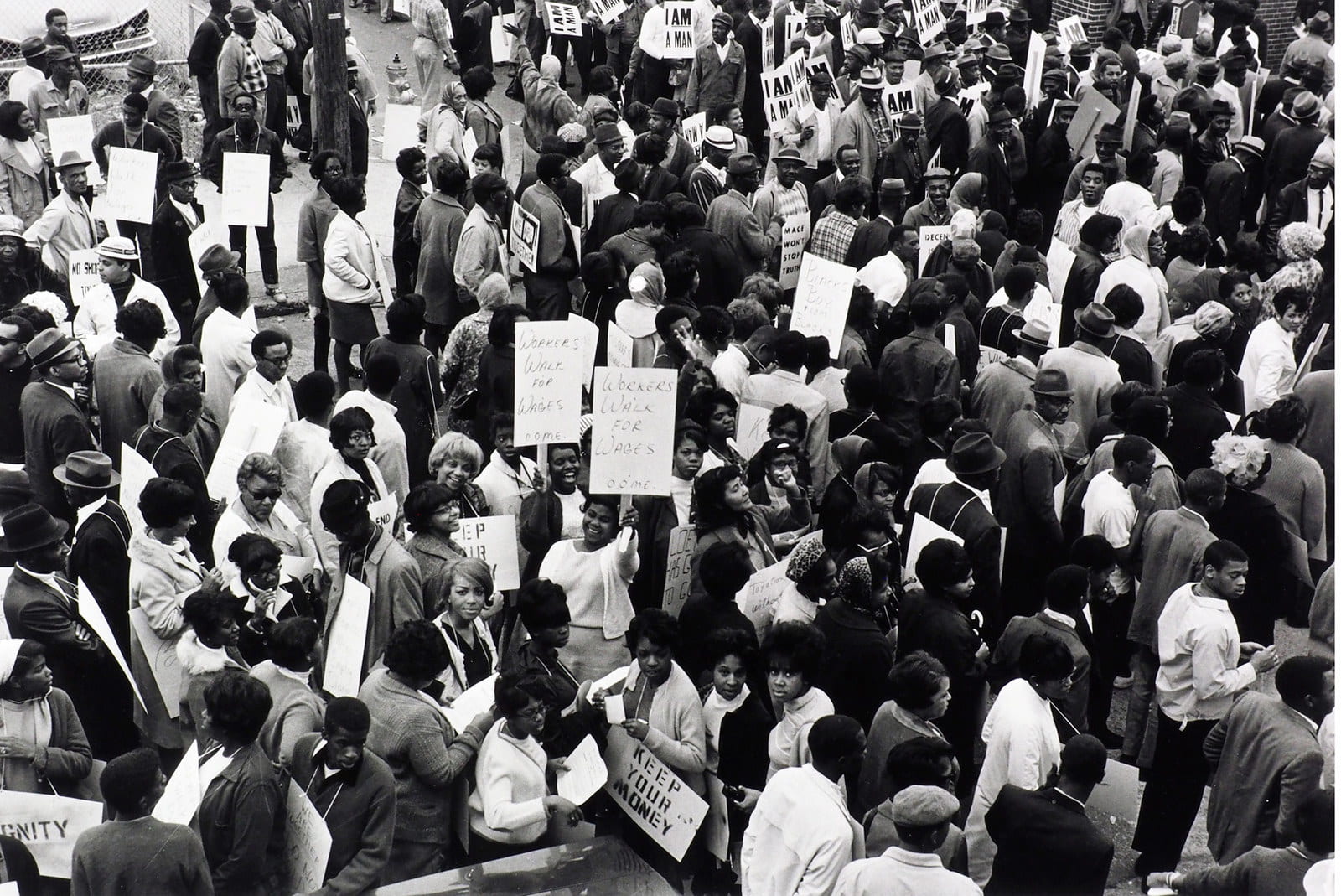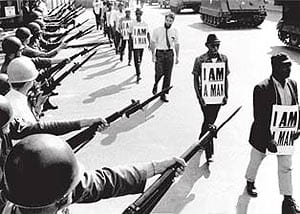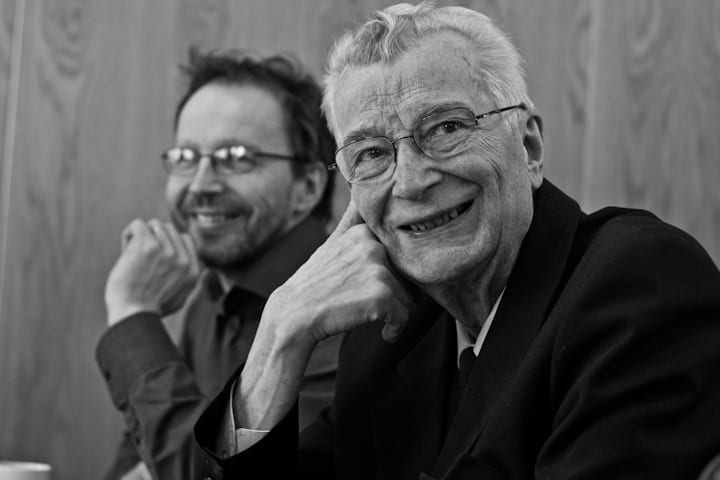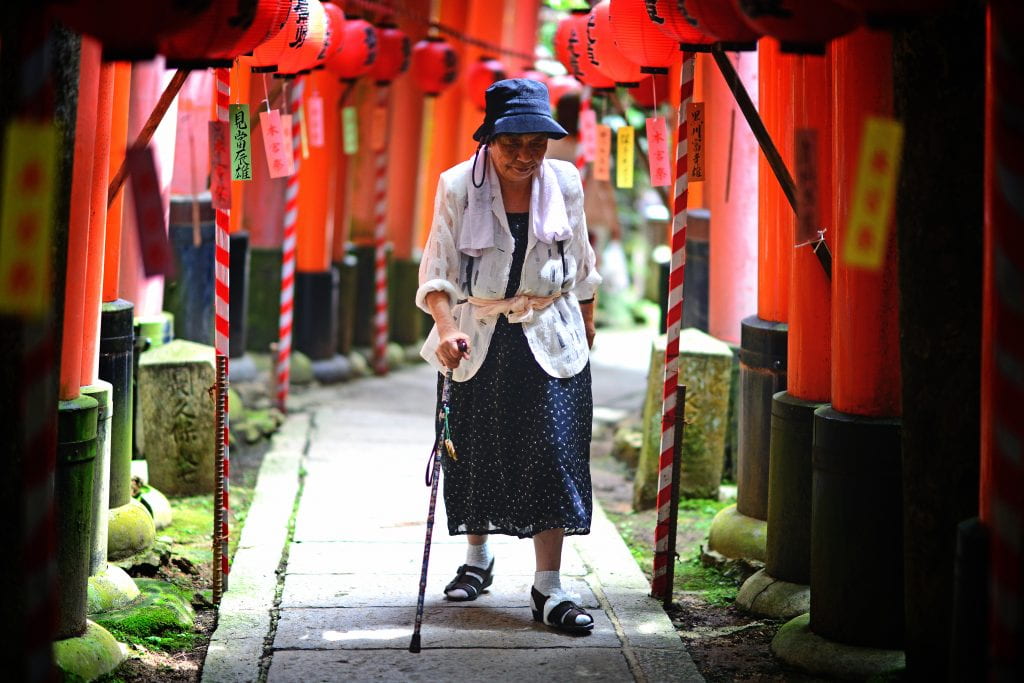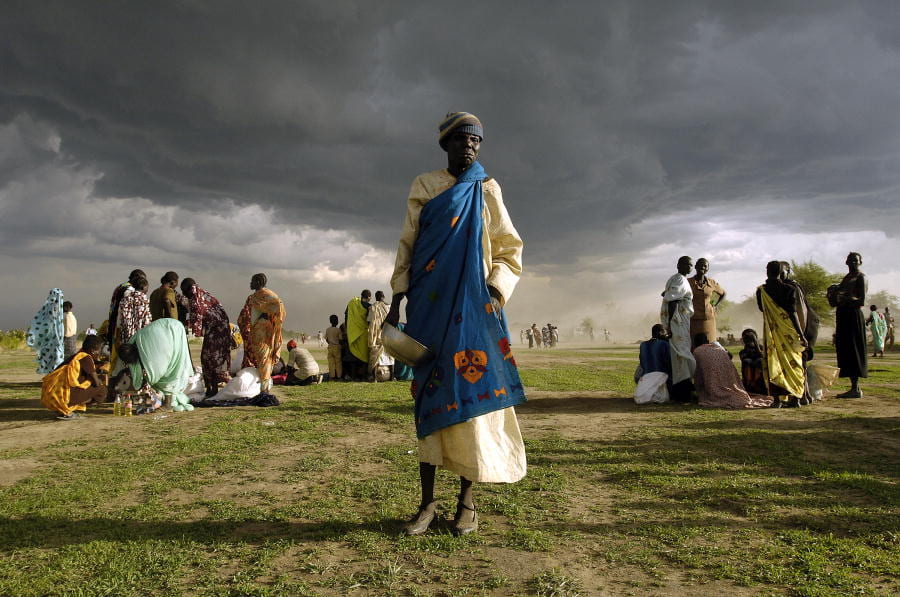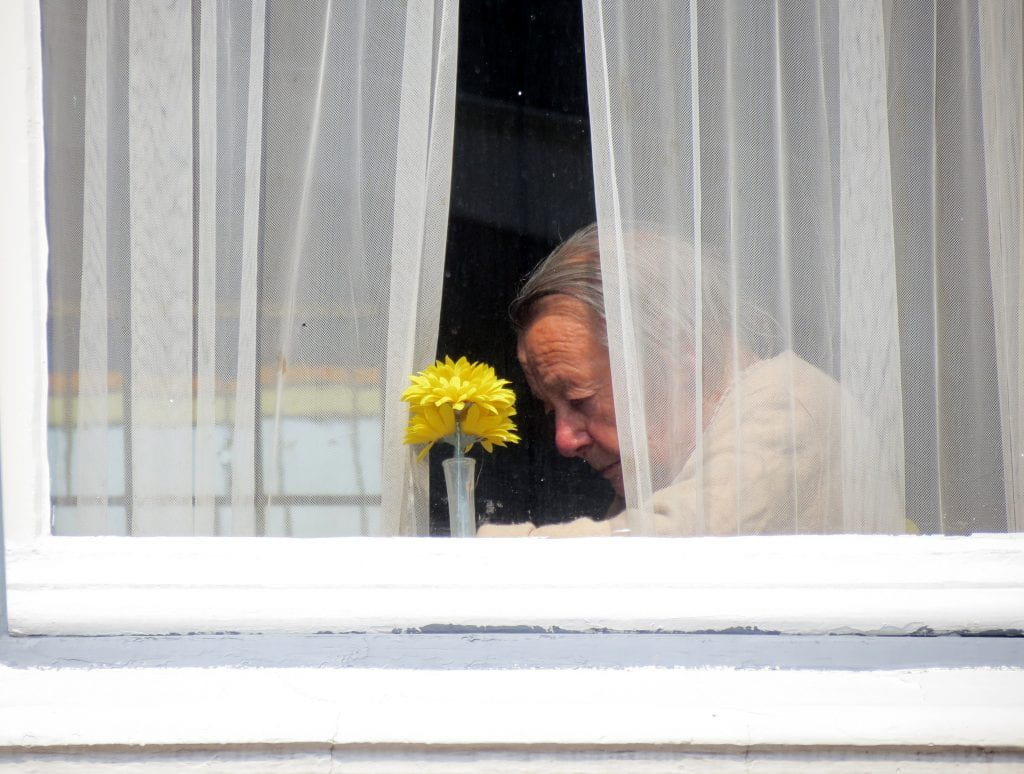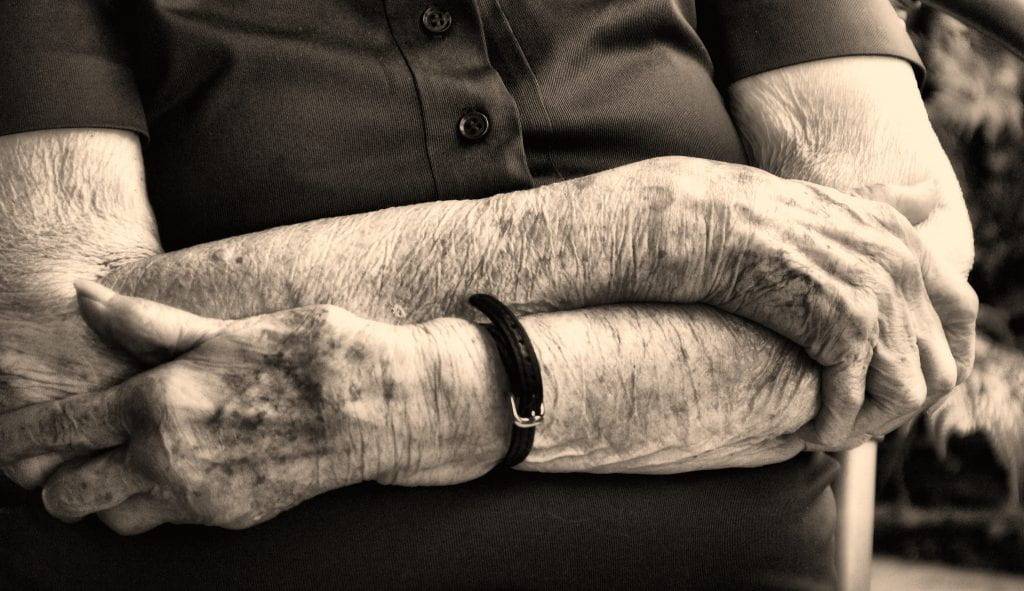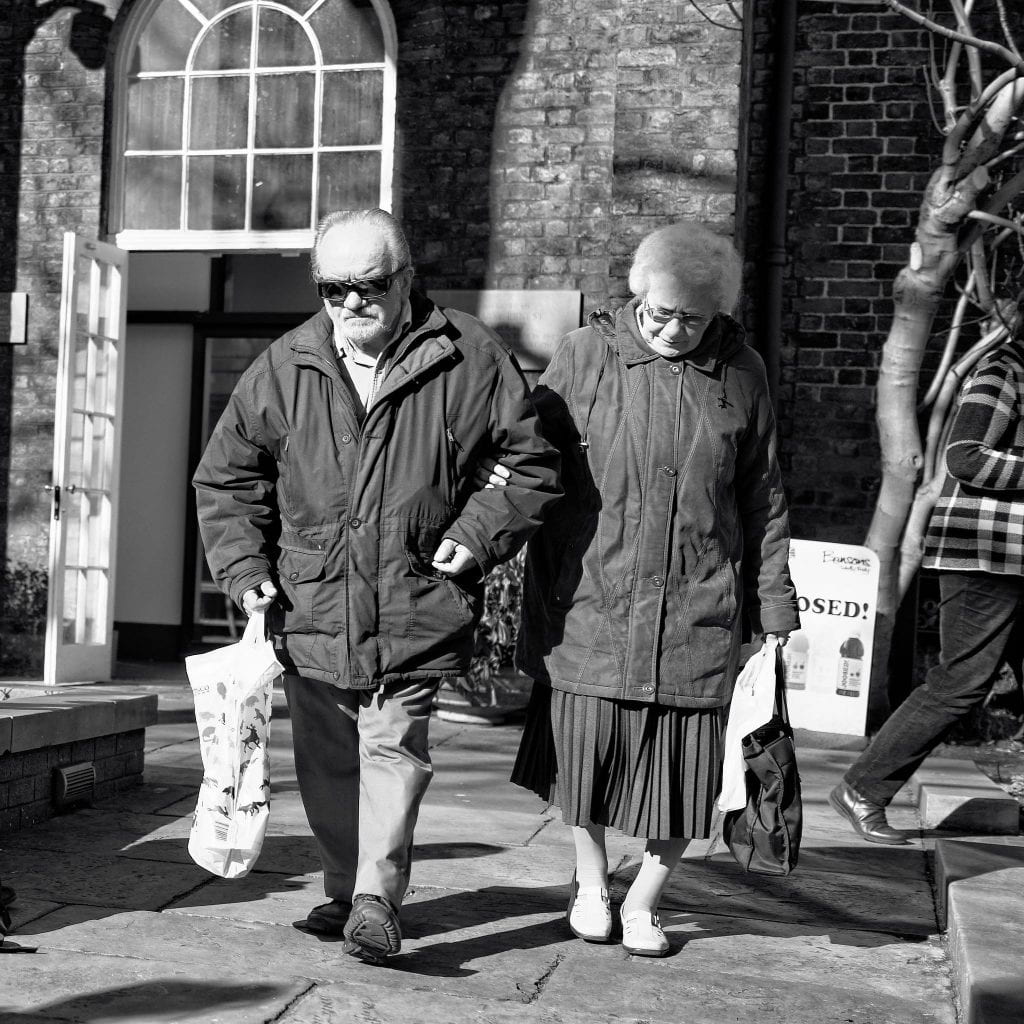Welcome to SUMMER 2018!! This is a repost from last Spring.

With spring break and summer just ahead, did you know you have a right to leisure and rest? It is in part because of Eleanor Roosevelt and the 18 representatives chosen by the Economic and Social Council in 1948, tasked with drafting the Universal Declaration of Human Rights (UDHR), a document that would become a cornerstone of peace around the world. Article 24 of the UDHR pronounces, “everyone has the right to rest and leisure, including reasonable limitation of working hours and periodic holidays with pay.” Researchers, writers, and business insiders market the right to leisure and rest as work-life balance. Harvard Business Review has an entire section of its current and archive database dedicated to the subject.
What is the right to leisure? Leisure is a part of the second generation of human rights. Roosevelt ascribed each right as a component of the “inherent rights of all individuals, without which no one can live in dignity and freedom.” In other words, it is a basic human right. She notes that the UDHR carries moral weight but no legal weight, thus making it easier for violations to occur. Often, governments through repressive systems and structures are responsible for human rights violations; however, the violation of leisure is often self-imposed.
A 2014 Gallup poll revealed that 42% of the polled full-time employees work 47 hours a week while 40% work 40 hours, and 8% work less than 40 hours. Ran Zilca suggests more people want community and relationship over a paycheck, but have not verbalized the desire for a job that will bring fulfillment. He concedes that unnamed values magnify discomfort and distress, clouding perspective. Age is also a factor in finding work/life balance. When all is said and done, work happiness depends on several factors, including having a life outside the office and possessing money to enjoy it.
The notion of “work/life balance” is recognized across the world as a difficult goal to attain because the lines between work and life are blurred. Paula Caproni, working wife and mother of two children under four, explains that achieving the Zen-like status of full balance is easier said than done, especially for the well-intentioned. Citing Martin and Knopoff, who assert, “it is not a stretch of the imagination to consider that a root of the work/life balance tension is that caretaking work in one’s own home—typically done by women—is undervalued and unpaid, and until this fundamental issue is resolved most other attempts that try to resolve work/life tensions are likely to be superficial at best”, Caproni hints that work/life balance is more about the flexible sharing of the work/life load, rather than the circular nature of devaluing the half often associated with women, prioritizing individualism over familial (or community) interaction, and misapplied excellence in the workplace. She acknowledges that the disconnection between the idea of work/life balance and the practical application may disappoint many who discover life values “do not fall into clean dichotomies that lend themselves to trade-offs or prioritization.” In other words, every attempt to compartmentalize one part of life from another will create frustration, disillusionment, and isolation since the ideal is unattainable. Caproni established rest amid the unpredictability of the ‘imbalance’ by embracing “tranquility over achievement, contribution over success, and choice over status”, creating an internal dialogue that helped to name essential values, changing both life and work accordingly.
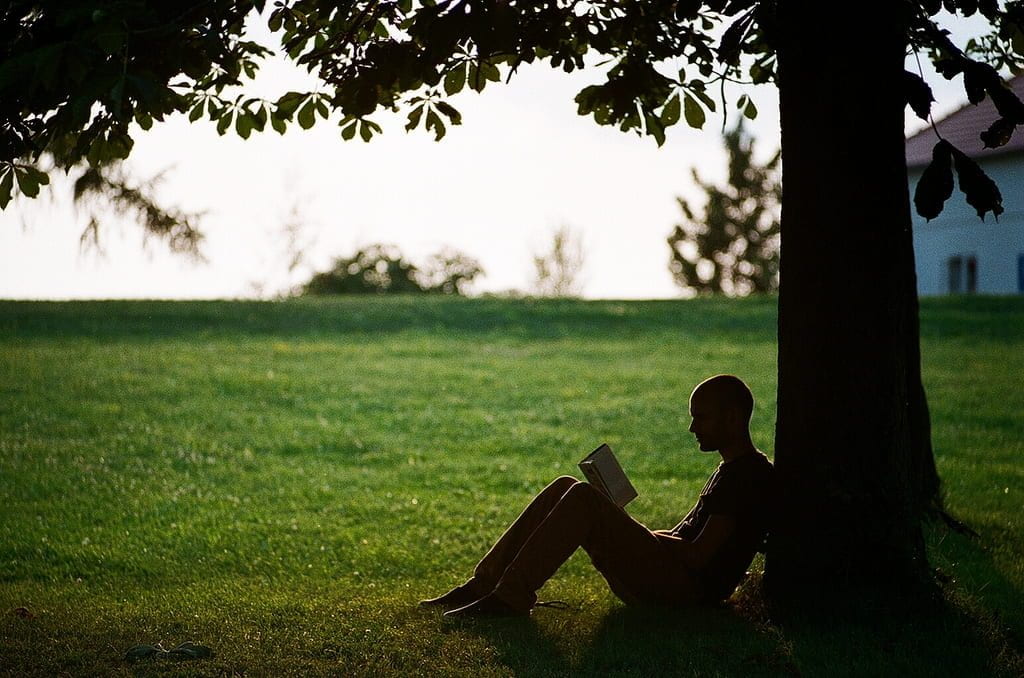
David Maume states, “Research has looked at the symbolic meaning of time use and linked it to a person’s identity.” Men and women have different perspectives when approaching and participating in vacations. Gender roles plays a significant role in how often and if vacations happen in the lives of people. Generally, while on vacations with families, women are tasked with meeting the emotional and physical needs while men focus on work-related tasks. On one hand, women sacrifice their personal enjoyment for the sake of others, seeing vacation as an enjoyable ‘disruption of work’ that allows “work on daily family life and cement bonds between family members.” On the other, a man’s career and subsequent job concerns may lead to a limited presence or total absenteeism on vacations. He concludes that men, aware of misplaced values in the past, desire to spend more time with their children–making significant changes to create a more egalitarian home environment or staying home full-time while wives work outside the home. This decision is countercultural and sometimes detrimental to a career.
The acknowledgement of values should remain a priority of an employee, and at minimum, recognized by an employer. Sanghamitra Buddhapriya introduces three key concepts in her essay, “Balancing Work and Life: Implications for Business”: work-family, the guilt complex, and time sovereignty. She argues that work-life balance is not just a reduction in working hours. It is flexibility that allows for the removal of the guilt complex because the control of time has been entrusted to capable, motivated employees, seeking to dedicate themselves to work and family. First, work-family balance seeks out the space achieved when an employer sets, creates, and promotes an environment for an effective balance. The tension of work and family is complicated by typical business culture which emphasizes long hours means more devotion, scheduling conflicts and absenteeism are evidence of noncommitment, and time constraints implies time mismanagement or “role ambiguity”.
Second, the guilt complex magnifies the tension of work and family since domesticity is often attributed to women. Buddhapriya points out that within male dominated organizations and societies like India, women “face a dual burden” of having career aspirations and family goals. “Working women and their spouses continue to regard breadwinning as essentially a man’s job and home management as a woman’s job… women continue to bear the burden of household responsibilities regardless of their employment status.” Due to the weight of the burden, women, especially mothers, may be forced to ‘trade-down’ to part-time jobs, taking jobs for which they are overqualified, or make their career subordinate to that of their husband (Budig 2001, Correll 2007, Gash 2009).
Lastly, time sovereignty places responsibility to organizational commitment in the hands of the employee, citing an ability to manage life stressors and job stressors more effectively, improving work performance and satisfaction. Time sovereignty is not unaccounted time; it is a flexible work arrangement. Using Marriott International, Aetna, UPS, Hewlett-Packard as examples of companies utilizing time sovereignty, Buddhapriya reaffirms that the best employers have cultures and policies which promote a meaningful and supportive workplace, company productivity, movement towards gender equality, and organizational mobility and retention.
Leisure is defined as free time. It is an opportunity afforded by free time to do something that renews, refreshes, and destress you. Leisure is unhurried ease. It is sleeping until 10am or gardening or reading your favorite novel. Taking a trip to a foreign country or to Wyoming or learning to play an instrument. It is about binge-watching a television show and stopping to smell the gardenias by yourself, with a friend, or with family. It is your time and right so do what you want with it.
Additional Resources:
Budig, Michelle J.; and England, Paula. 2001. “The Wage Penalty for Motherhood.” American Sociological Review 66(2):204-25.
Correll, Shelly J.; Benard, Stephen, and Paik, In. 2007. “Getting a Job: Is There a Motherhood Penalty?”. American Journal of Sociology 112(5):1297-339.
Gash, Vanessa. 2009. “Sacrificing Their Careers for Their Families? An Analysis of the Penalty to Motherhood in Europe.” Social Indicators Research 93(3):569-86.
